1. Fantaisie Pastorale Hongroise
Composer: Franz Doppler
Artist(s): Peter Verhoyen, Stefan De Schepper
2. Zigeunerweisen (1878)
Composer: Pablo de Sarasate
Artist(s): Peter Verhoyen, Stefan De Schepper
3. Tzigane (1924)
Composer: Maurice Ravel
Artist(s): Peter Verhoyen, Stefan De Schepper
4. Csárdás (1904)
Composer: Vittorio Monti
Artist(s): Peter Verhoyen, Stefan De Schepper
5. Hungarian Dance Nr. 5 (1879)
Composer: Johannes Brahms
Artist(s): Peter Verhoyen, Stefan De Schepper, Thomas Fabry
6. Hungarian Dance Nr. 6 (1879)
Composer: Anke Lauwers/Johannes Brahms
Artist(s): Peter Verhoyen, Stefan De Schepper
7. Duos (1931) – Ugyan Édes Komámasszony (Teasing Song)
Composer: Béla Bartók
Artist(s): Peter Verhoyen, Ilonka Kolthof
8. Duos (1931) – Burleszk (Burlesque)
Composer: Béla Bartók
Artist(s): Peter Verhoyen, Ilonka Kolthof
9. Duos (1931) – Magyar Nóta (Hungarian Song)
Composer: Béla Bartók
Artist(s): Peter Verhoyen, Ilonka Kolthof
10. Duos (1931) – Szól a Duda (Bagpipes)
Composer: Béla Bartók
Artist(s): Peter Verhoyen, Ilonka Kolthof
11. Duos (1931) – Arab Dal (Arabischer Gesang)
Composer: Béla Bartók
Artist(s): Peter Verhoyen, Ilonka Kolthof
12. Balada (1950)
Composer: György Ligeti
Artist(s): Peter Verhoyen, Ilonka Kolthof
13. Romanian Dances – Jocul Cu Bâta (Stick Dance)
Composer: Béla Bartók
Artist(s): Peter Verhoyen, Ann-Sofie Verhoyen
14. Romanian Dances – Brâul (Sash Dance)
Composer: Béla Bartók
Artist(s): Peter Verhoyen, Ann-Sofie Verhoyen
15. Romanian Dances – Pe Loc (In One Spot)
Composer: Béla Bartók
Artist(s): Peter Verhoyen, Ann-Sofie Verhoyen
16. Romanian Dances – Buciumeana (Dance from Bucsum)
Composer: Béla Bartók
Artist(s): Peter Verhoyen, Ann-Sofie Verhoyen
17. Romanian Dances – Poarga Româneasca (Romanian Polka)
Composer: Béla Bartók
Artist(s): Peter Verhoyen, Ann-Sofie Verhoyen
18. Romanian Dances – Ma Runt El (Fast Dance)
Composer: Béla Bartók
Artist(s): Peter Verhoyen, Ann-Sofie Verhoyen

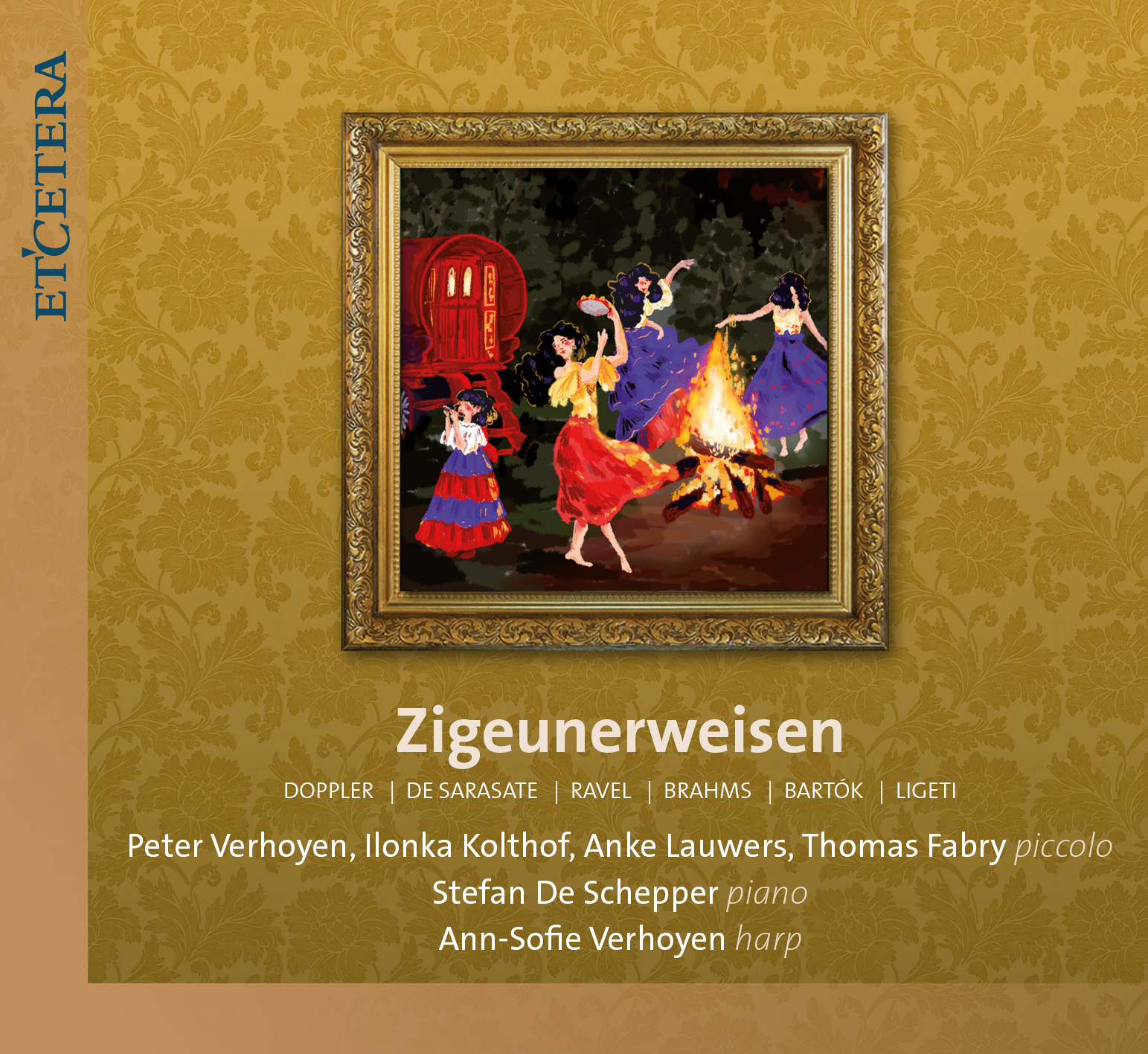
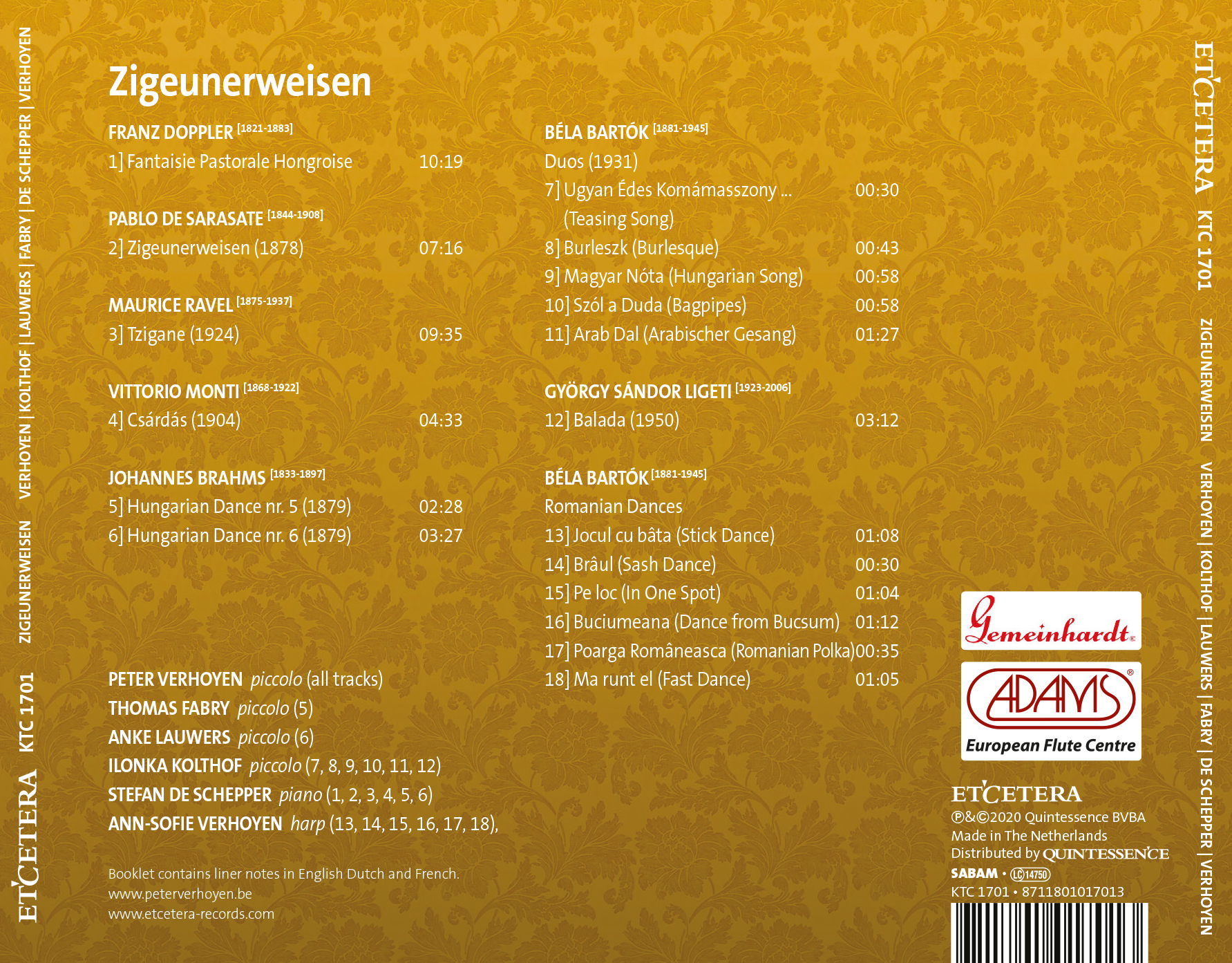

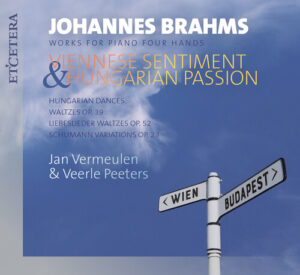

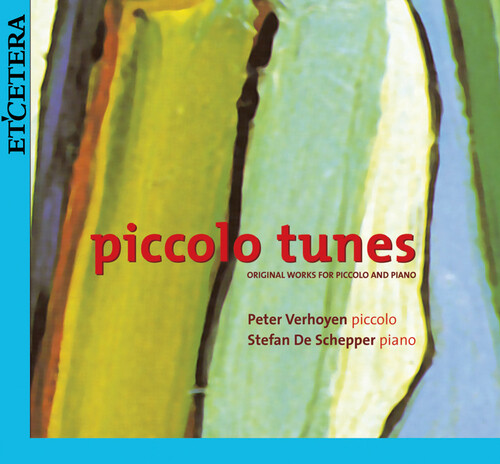
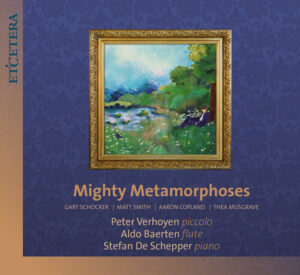
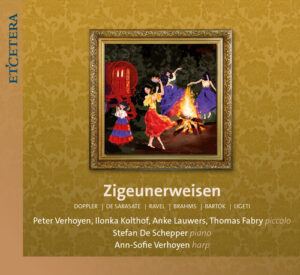
Reviews
There are no reviews yet.